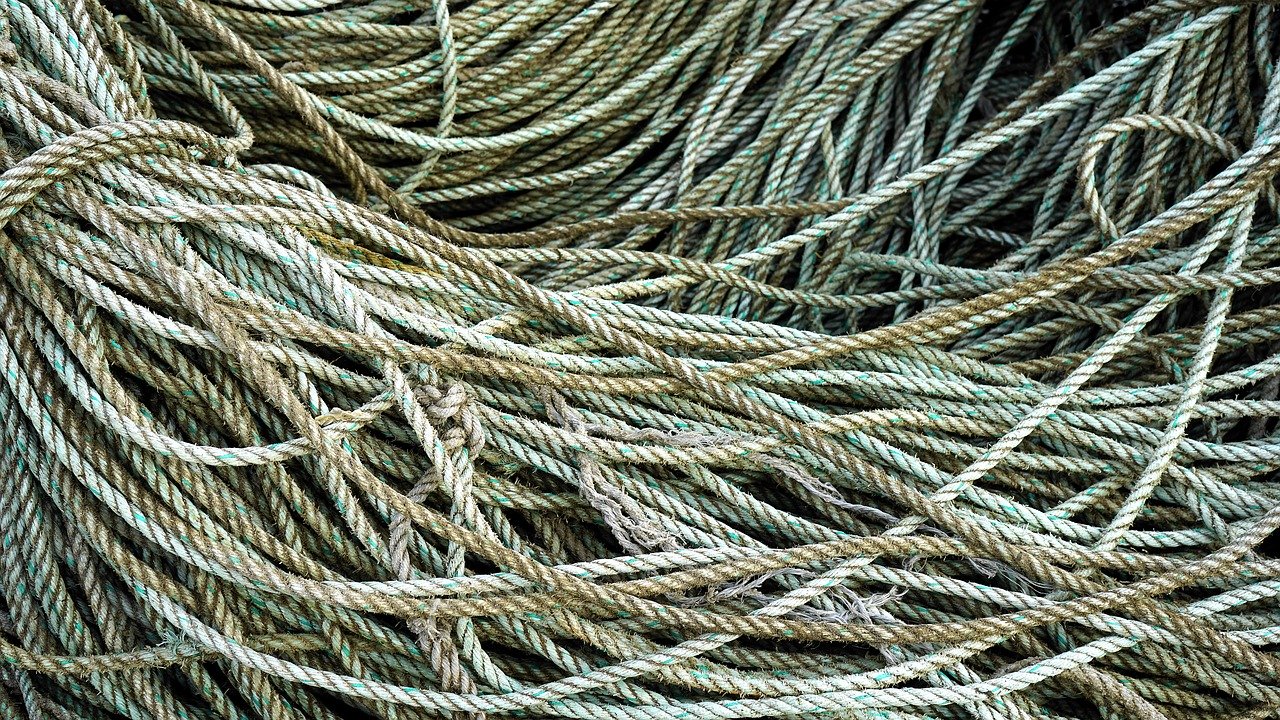There used to be a telephone jingle that went something like this: “We’re all connected, New York Telephone”. Trust me, you don’t want me to sing it. But it springs to mind whenever I hear the words, “Systems Thinking”. People who know me, know I’m a systems thinker. Even if I can’t see the connections before I tackle a challenge, I know they have to be there. And that they’ll be the key to figuring it out. So this week, a tweet from my friend and fellow problem-solver Debbie Adams got me thinking about this topic again. Here’s how systems thinking works to help solve complex problems…
One important aspect of systems thinking is keeping your perspective, and the ability to see the big picture. If you’ve ever been wrapped up in a big, hairy, all-consuming problem, you know perspective is the hardest thing to hold on to. But it’s vital. If you have ever been inside a maze, you’ll know that it can be difficult to figure out which way to turn. Yet if you view the maze from above, the route can seem patently obvious. Stepping back from the thing you’re trying to solve or improve periodically, to remind yourself of what you are trying to achieve, will keep you moving in the right direction, and get you back on track when you take a turn that doesn’t work out.
Systems thinkers search for the key. More importantly, they believe there is a key. Not kidding ourselves that there is a magical key that will unlock everything, but that it will become clearer, if we keep working on it, how to solve the problem. In the words of Marie Forleo, “everything is figureoutable“.
Big problems also take time to solve. Even when we don’t yet know the solution or solutions, we systems thinkers allow ourselves the time to explore how and why things are connected. Similarly, we know that while complicated things are linear (and so we can get to the solution in a stepwise fashion), complex things are most decidedly not. They’re more of a tangle, with many knots to be untied. So we need to stop looking for a linear solution and make the time to understand how things are inter-related or interconnected.
Another challenge that systems thinkers are good at surmounting, is remembering that there is never only one right way. Every action we take will trigger a series of reactions. Some will be seen, and some won’t reveal themselves until later. So a willingness to try and to experiment is useful. Observation, formulating hypotheses, and testing to see if we’re right, will help us eliminate actions that don’t get us where we need to go. And they will help us recognize if the step we just took was a useful one.
Have you ever puzzled over something repeatedly, and then had a friend say, “Oh, you just need to do this!” and it seems so obvious once they say it, you wonder why you didn’t think of it? That’s why being able to look at the problem from different viewpoints is important to the process.
Lastly, because it really is all connected, as systems thinkers, we need to look inward. I know that in approaching any problem, I must acknowledge that I am also part of the system. So we need to maintain a positive attitude, and ask ourselves, what assumptions am I making that may be preventing the outcome I want? What can I change about my mindset, or my approach, that will net a better result. That doesn’t mean wallowing in guilt, shame, or blame, it simply means accepting that actions have consequences, and that we all have actions we can take toward the solution. In simpler terms, expecting someone else to solve the problem without me being part of the solution is unlikely to have a sustainable result.
To recap, remember these important things the next time you’re faced with a messy problem to solve, so you can make better decisions:
- Keep the big picture in mind.
- Look for how things are connected.
- Have faith that a solution is possible.
- Take the time you need to work through the tough bits.
- Look for keys, but not a magic wand.
- Learn from the perspectives of others.
- Use the scientific method and experiment.
- Recognize reactions to your actions.
- Know that as part of the system, you’re also part of the problem – and of the solution.
I’m Megann Willson, and I’m the CEO and a Partner here at PANOPTIKA. We help our clients make better decisions for their businesses and careers. You can also find us on Twitter, Facebook, and LinkedIn. Plus, you can subscribe for updates straight to your inbox with the handy button, below.

